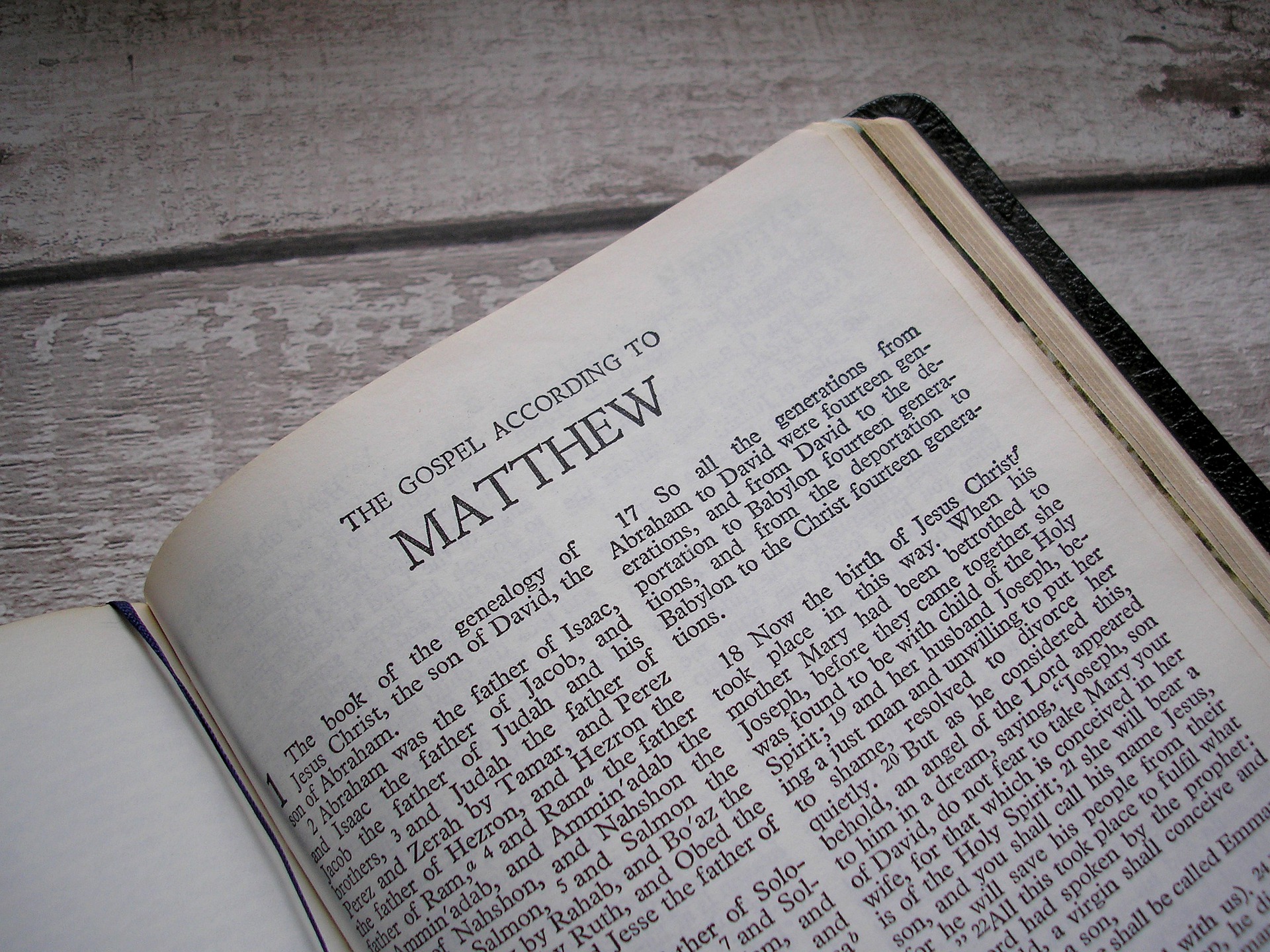Matthew Chapter 9

As Jesus’ went about preaching and healing, His fame spread (4:24).
More and more heard of His miraculous abilities to heal the sick. The authority seen through His teaching increased His following (7:28-8:1).
The chapter begins with some people bringing a bedridden paralytic to Jesus (v2), who were seen by Jesus as being faithful. Were they considered faithful because they simply believed Jesus can heal this paralytic, as He has others?
It turns out that Jesus was teaching a crowd (Mk2:2,4) of Pharisees and teachers of the law, some of whom came from afar (Lk5:17). It was so crowded that there was no way to lay the paralytic before Jesus… until they found one.
“By hook or by hooks, let’s lower him to Jesus through the roof!” (not Lk 5:19)
Going by previous records of healing so far in Matthew, it appears weird, then, that instead of immediately healing the paralytic as He did others previously, He first pronounced his sins forgiven (v2). Some saw it as blasphemy (v3), which, again, was not seen up to this point.
But forgiving sins was precisely why Jesus came; miracles were meant to merely show that He has the power to do so (v6).
The Pharisees et al. could not accept this, and from here onwards, multiple instances of opposition by teachers of the law can be found (vv11,24,34). Jesus would later criticize them as “whitewashed tombs” (23:27), outwardly beautiful but inwardly unclean.
Amidst such opposition, the chapter ends by noting a lack of laborers (vv36-37). Other than praying for more laborers (v38), could we ourselves become laborers for the Lord? Let us reflect on the following:
- The men laboured to bring the paralytic to Jesus. To what extent would we labour for someone else who needs Jesus?
- The Pharisees should have led the people to God, but did the exact opposite. Is there anything within us that causes us to not labor for God, or even oppose the work.

